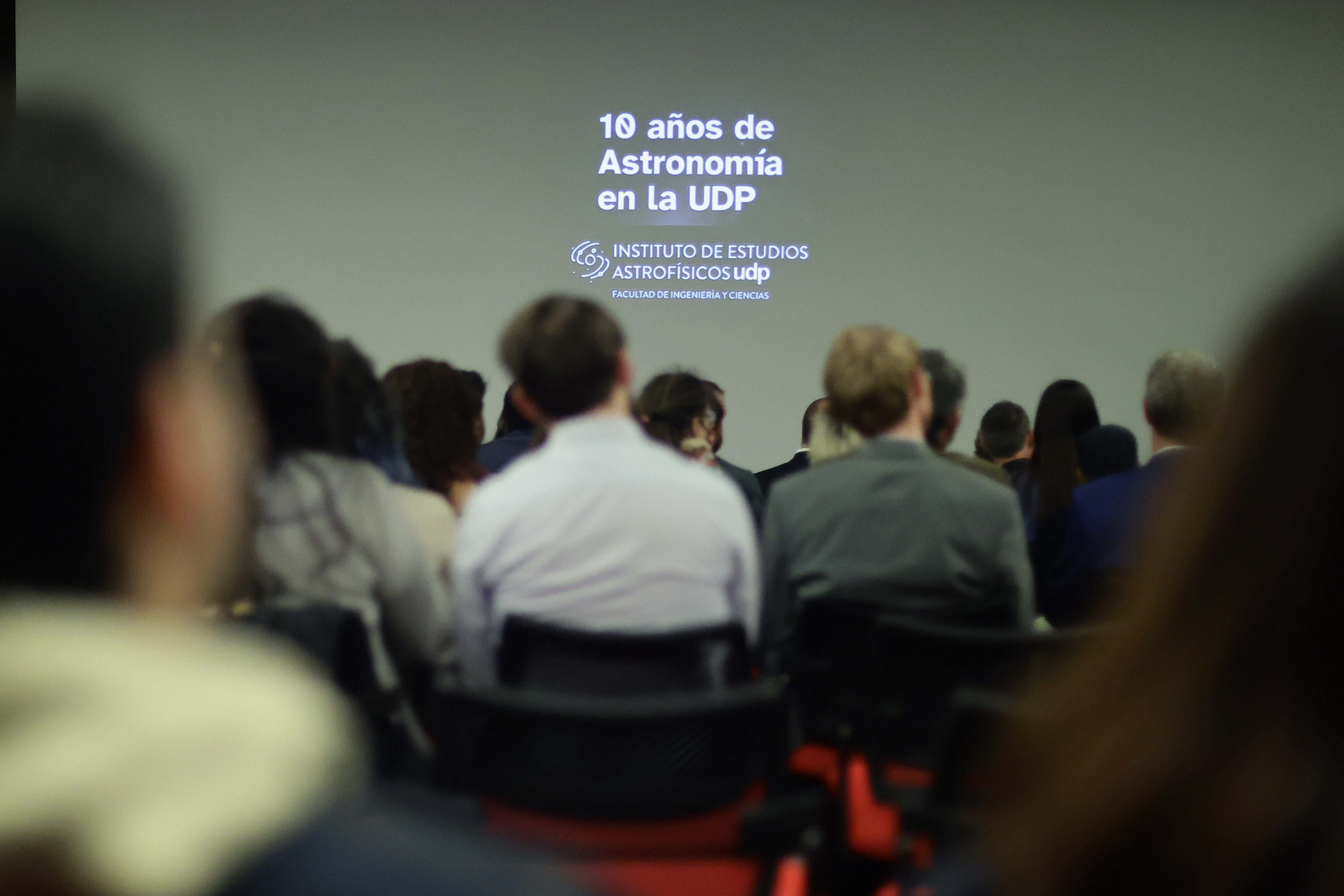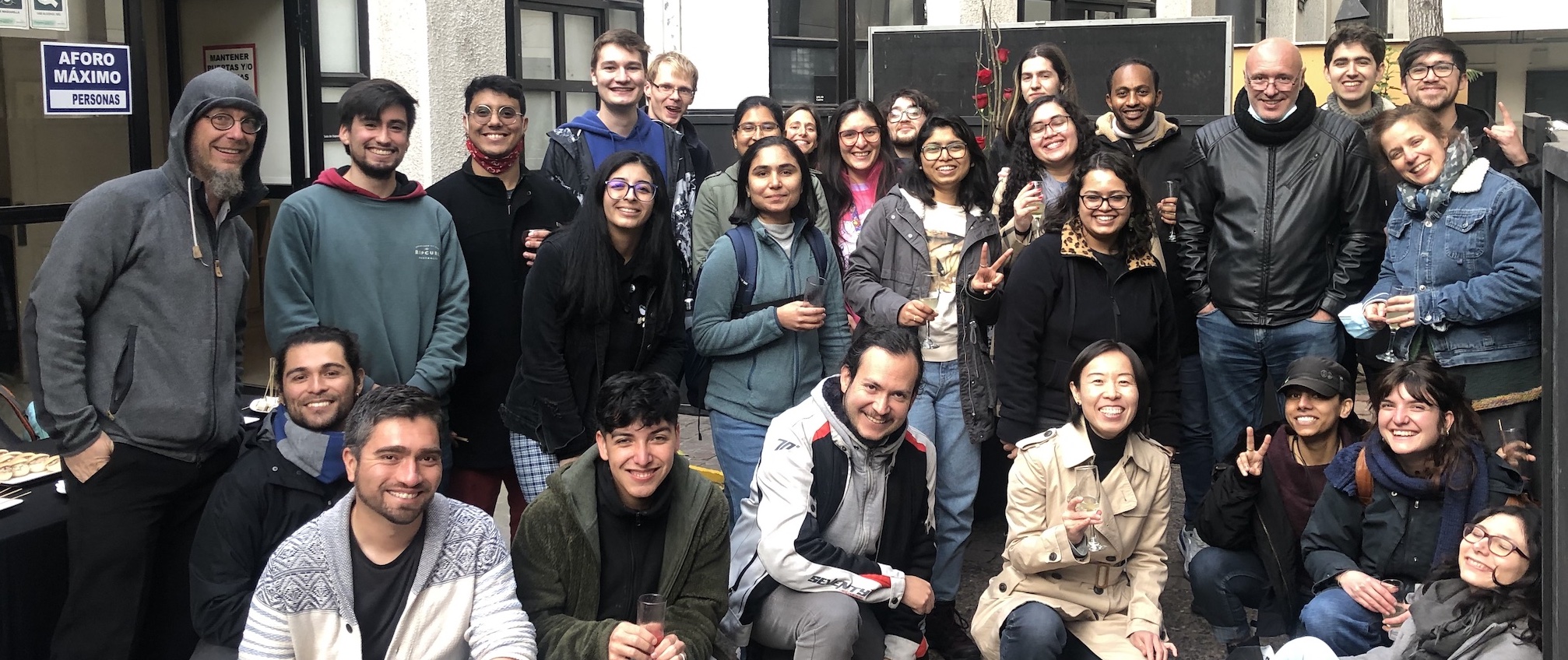
INSANE workshop (27-31 May)
- to take advantage of the young and international community that is arriving in Chile and make science that have the potential to be done with our natural resource of the Chilean sky.
- for us in Santiago to get to know better those young faculty that are working outside Santiago, know more about their expertise and start to collaborate with them
- to offer intensive sessions on a subject to our PhD students where they get to know active researchers and learn basic things about the subject.
- to create opportunities for PhD students of different places (in Santiago but not exclusive to other places) to interact and have a dedicated time where they can build up new knowledge/network from experts in the country.
The art of modeling the spectral energy distribution of galaxies
Mederic Boquien (U Antofagasta)
The formation and evolution of galaxies across cosmic times is one of
the great questions of modern astrophysics. Through which phenomena did
the tiny proto-galaxies that we can barely distinguish in the farthest
reaches of the universe transform into the incredibly rich and
radically different galaxies that populate the Hubble sequence at low
redshift? In spite of considerable progress over the past few decades,
understanding the formation and evolution of galaxies remains a
considerable challenge. One of the key issues is our relative
incapacity to reliably characterize galaxies. If we find ourselves
unable to measure with certainty the fundamental physical properties of
galaxies such as they star formation rate or their stellar mass, how
can we ever hope to paint the picture of galaxy formation and evolution
beyond broad strokes?
To address this issue and fully exploit the potential of current and
next-generation instruments, the modeling of the spectral energy
distribution of galaxies is one of the major tools at our disposal.
During these classes, I will present the major principles underlying
these tools, how they can be used to construct detailed models of the
multi-wavelength emission of galaxies, how the physical properties can
be estimated, and present their typical strengths and weaknesses. In a
second time, with the active participation of the students, I will
provide a live demonstration of how to use one such code, CIGALE, to
model galaxies and measure their physical properties.
All PhD students in Astrophysics are encouraged to attend to the lectures and participate on the activities during the week in UDP. There is no registration cost, just send an email to Paula Jofre ([email protected]) and ask for further details.









